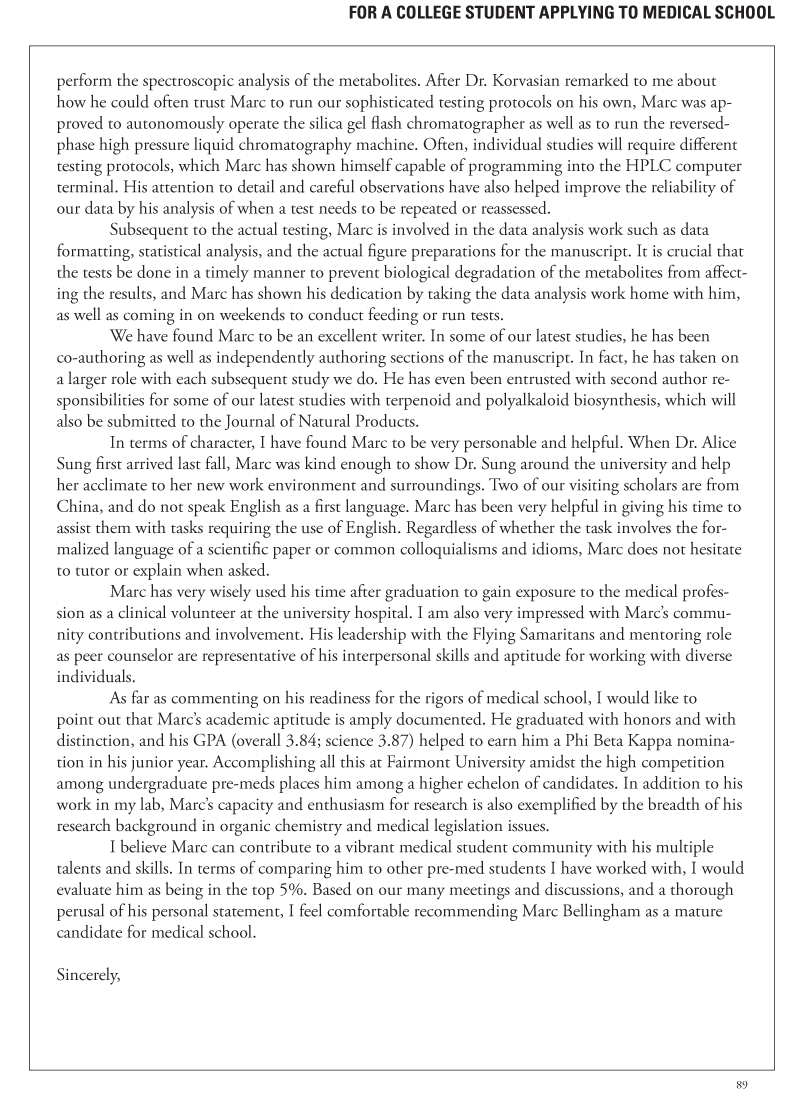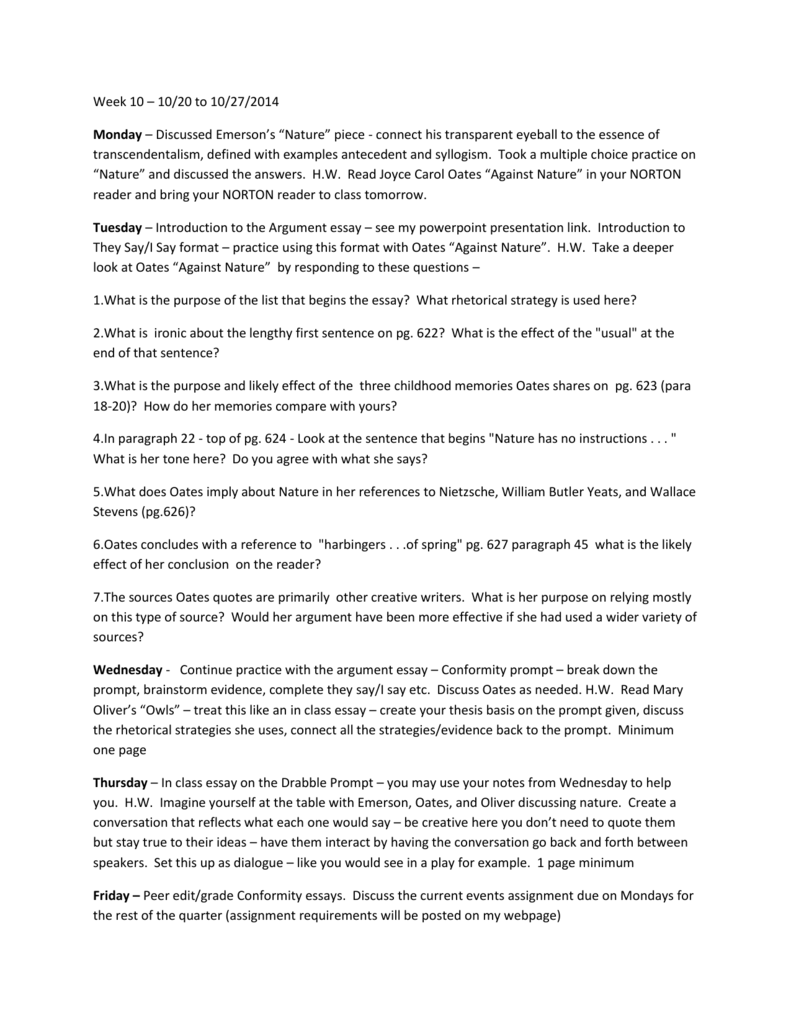Crocodile Essay Example - Free Essays, Term Papers.
Check out our awesome range of animal facts for kids and learn some fun trivia about our friends in the animal kingdom. Check out our range of fun crocodile facts for kids. Learn where they live, what makes them good hunters, how much they can weigh and much more. Read on and enjoy a variety of interesting information about crocodiles.
A crocodile is a large amphibious reptile. It lives mostly in large tropical rivers, where it is an ambush predator. Click to read more interesting facts or download the worksheet collection.

A saltwater crocodile photographed at Gladys Porter Zoo in Brownsville, Texas. Photograph by Joel Sartore, National Geographic Photo Ark. Animals Photo Ark. About the Saltwater Crocodile. Earth.

The Crocodile is a large aquatic reptile that lives throughout the Tropics in Africa, Asia, the Americas and Australia. Crocodiles tend to congregate in freshwater habitats like rivers, lakes, wetlands and sometimes in brackish water (water that is saltier than fresh water, but not as salty as seawater).
Alligators and crocodiles are similar but different in so many ways. In this paper I will discuss the alligator and crocodile similarities and differences. If you see an alligator or a crocodile could you tell the difference? The ways you can tell the difference in an alligator and a crocodile is the snout, sensory pits, salt glands on tongue, jaws and teeth. Also in this paper I will paint.

Interesting Crocodile Facts: Closest relatives of crocodiles are birds and dinosaurs. Crocodiles live on the Earth 240 million years. They appeared at the same time when dinosaurs appeared. Crocodiles vary in size. Largest crocodile species is Saltwater Crocodile which can reach 13-18 feet in length and weigh up to 2200 pounds. Smallest.

A crocodile is a large amphibious reptile.It lives mostly in large tropical rivers, where it is an ambush predator.One species, the Australian saltie, also travels in coastal salt water.In very dry climates, crocodiles may aestivate and sleep out the dry season.

Nile crocodiles used to be found all over Africa, but now they are mainly found in southern and eastern Africa. Nile crocodiles in western Africa are often hunted, and the population there is.

There are between 5 000 - 6 000 species of reptiles in the world today, and of these 23 are crocodilians. One family of crocodilians includes the crocodiles, alligators and caimans - Crocodylidae; the second family, Gavialidae, has only one member - the gharial or gavial (a very narrow-snouted crocodile).

Crocodilians can move about on land - with surprising speed, particularly when alarmed or angry - but their bodies are mainly adapted for a life in water. The nostrils, eyes and ears lie along the top of the head so that the animal can hear, see, smell and breathe when the rest of the body is submerged. When completely under the water, the ears.

Alligators and crocodiles, like most reptiles, also lay eggs and their skin is covered with hard, dry scales. Sometimes alligators are called gators for short and sometimes crocodiles are called crocs for short. What is the difference between an alligator and a crocodile? You can tell alligators and crocodiles apart mostly by the width of their.

This MLA paper compares and contrasts alligators and crocodiles. It highlights his differences and traces their roots back to ancient times. This sample essay was written at the undergraduate level to serve as a sample for the Ultius blog.

An average male American alligator is 10 to 15 feet (three to five meters) long. Half of its length is its massive, strong tail. An alligator can weigh as much as half a ton (1,000 pounds), but an average male weighs between 500 and 600 pounds (227 to 272 kilograms). Females are usually smaller than males.



